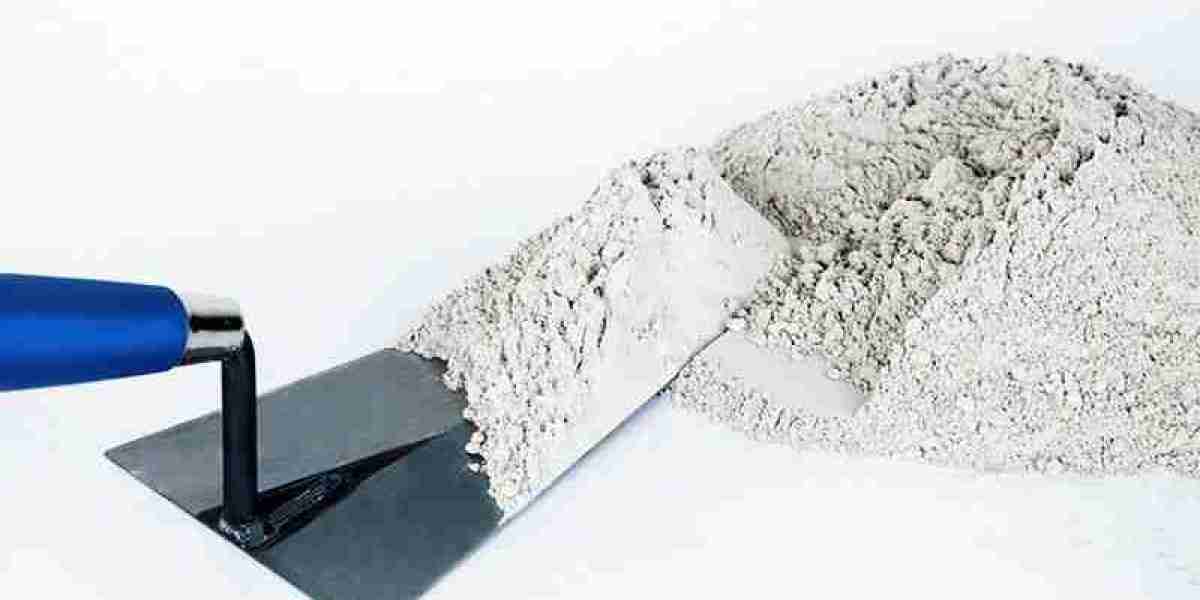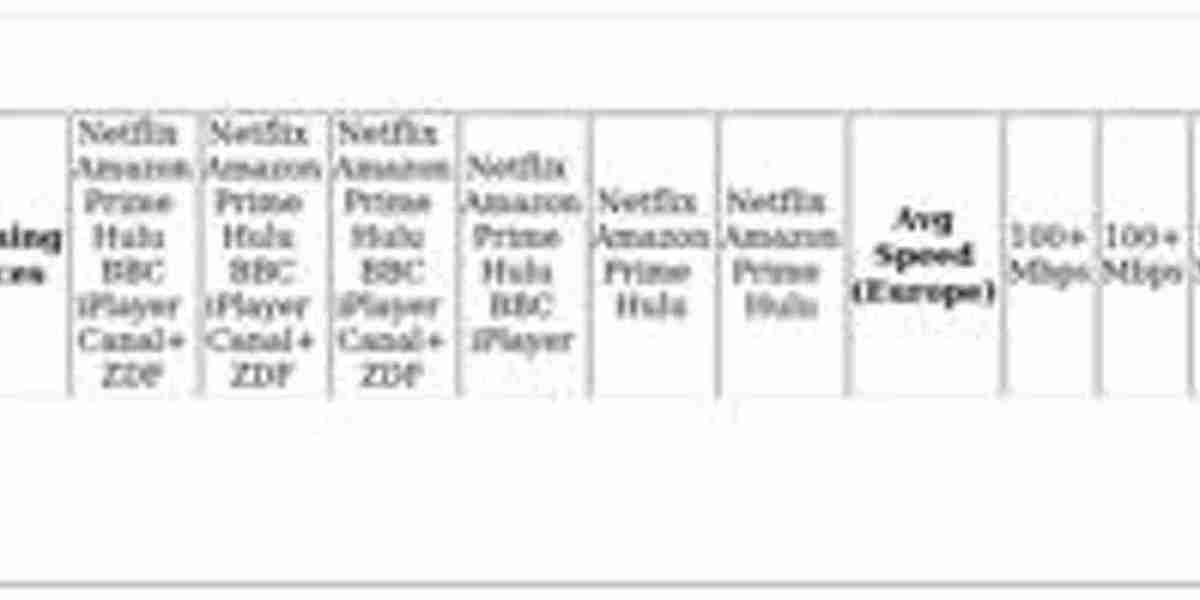The white cement market has experienced significant growth over the past few decades, driven by demand for aesthetically appealing and high-quality building materials. White cement, known for its purity and brightness, is a premium product used in the construction, architectural design, and decorative applications. It is typically manufactured by utilizing raw materials with lower iron oxide content, resulting in a cleaner and whiter finish. Despite its strong growth potential, several inhibitors prevent the white cement market from reaching its fullest potential. These obstacles include cost concerns, raw material challenges, stringent regulations, and environmental issues, which affect both production and consumption rates.
1. High Production Costs and Limited Availability of Raw Materials
One of the most significant inhibitors in the white cement market is its higher production cost compared to traditional gray cement. Producing white cement requires specialized raw materials like limestone and clay, which have a low iron content. These raw materials, being less abundant and expensive, significantly increase the cost of production. Consequently, these higher costs are often passed onto consumers, making white cement a premium choice only for projects with higher budgets. Furthermore, the limited availability of these materials may affect the long-term scalability of production, especially in regions where sourcing raw materials is already a challenge.
2. Competition with Gray Cement
The global cement market is dominated by gray cement, which is cheaper and more widely available. This fierce competition limits the adoption of white cement, particularly in developing regions where construction costs are a significant concern. While white cement is prized for its appearance, durability, and functionality, its higher cost is a barrier in markets where cost-saving measures are prioritized. As gray cement continues to dominate the industry, the penetration of white cement in common construction applications remains restricted.
3. Stringent Environmental Regulations and Sustainability Concerns
The production of white cement is energy-intensive, requiring high-temperature kilns to maintain the purity needed for the desired white color. This energy usage raises concerns regarding carbon emissions and the environmental footprint of cement production. Additionally, regulations around carbon emissions are tightening globally, leading to calls for sustainable production methods in the cement industry. As environmental pressure increases, manufacturers are focusing on improving the sustainability of white cement production. However, these efforts are still in the early stages, and sustainability initiatives may limit market growth in the short term.
4. Slow Technological Advancements in White Cement Manufacturing
While technological innovation has advanced rapidly in other sectors, the white cement manufacturing process has not seen the same level of technological disruption. Most producers still rely on traditional methods that involve high-energy consumption. The market’s dependency on this conventional production method hinders the ability to drive cost reductions and efficiency gains. To make white cement more economically viable and sustainable in the long term, technological advancements are crucial.
5. Supply Chain Challenges and Fluctuations in Cost of Transport
Supply chain disruptions, rising fuel prices, and transport logistics have a considerable impact on the cost and availability of white cement. Raw materials for white cement often need to be transported across long distances, which adds to the final price. Fluctuating fuel costs and the availability of transport also create volatility in the white cement market, particularly when global disruptions—such as pandemics, trade restrictions, and geopolitical tensions—disrupt transportation routes.
6. Limited Awareness in Some Markets
Although white cement is widely used for decorative and high-end construction projects, there is limited awareness in certain markets about the benefits of white cement. In some developing regions, the demand for white cement is low, not due to its quality, but due to consumers' lack of awareness regarding its features and advantages. In such cases, further educating the market could lead to increased adoption, though this remains an inhibitor as educational campaigns can be expensive and time-consuming.
7. Dependency on Government Infrastructure Spending
In many emerging markets, infrastructure spending is government-driven. White cement typically sees limited use in low-cost infrastructure projects, such as roads, bridges, and airports. As government budgets are constrained by macroeconomic factors, the demand for white cement in these essential sectors often sees a decline, slowing overall market growth. Consequently, the white cement market's dependency on government spending, which can fluctuate due to political and economic factors, is a significant inhibitor.
Conclusion
Despite its many applications and aesthetic appeal, several inhibitors continue to limit the expansion of the white cement market. The high production cost, competition from gray cement, environmental regulations, and limited technological advancements are some of the primary factors holding the market back. To overcome these challenges, industry players must innovate through sustainable practices, develop cost-efficient production methods, and explore new ways to increase the adoption of white cement worldwide. Overcoming these hurdles will unlock the full potential of the market and facilitate the growth of this premium product in the construction industry.




